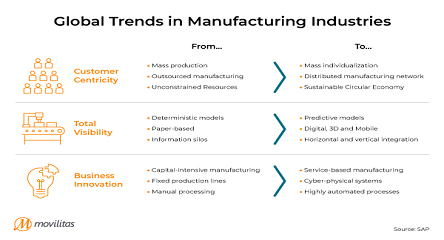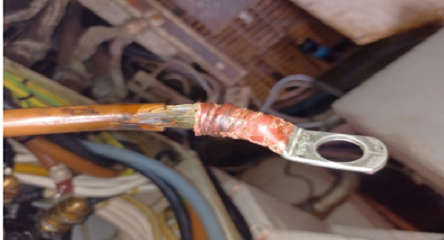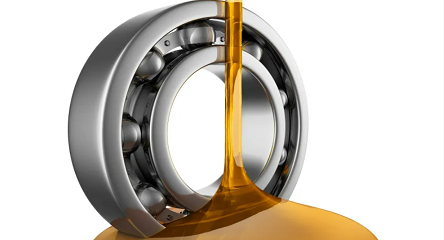
The phrase predictive maintenance implies that you can predict whether, and when, a machine or component will fail. The whether part is correct. The when part is not. A better term would be condition monitoring, that is, you’re monitoring the equipment for the development of defects that will ultimately result in the equipment’s failure. However, determining when it will fail is difficult, if not impossible, to predict with any precision or confidence. Further, some 80-90% or more of equipment has a random failure pattern associated with it, and as such, condition monitoring is an essential element in any reliability and equipment management program. Moreover, doing time-based replacement of components is generally a really bad idea, unless you have data that demonstrate a time-based failure mode, like corrosion or erosion, in a component that is operated and maintenance with a high degree of consistency and precision.
In this session we’ll be discussing this, along with various condition monitoring techniques, e.g., vibration, oil, IR, ultrasound, and perhaps others, and how and where to best apply them, and as importantly the systems and practices that need to be in place to optimize their performance, e.g., a direct link to the maintenance planning and scheduling process, and a proactive approach to eliminate the defects being detected. We’ll also share data that demonstrates the reduction in costs when using an effective condition monitoring program.
AssetWatch® is a leading turnkey provider of predictive maintenance solutions, providing a rapidly deployable, end-to-end remote condition monitoring service. With a combination of predictive analytics, machine learning, expertise, hardware and software, we’re truly a partner in your maintenance and reliability journey.
Check out AssetWatch here
We hope you enjoy this episode!






